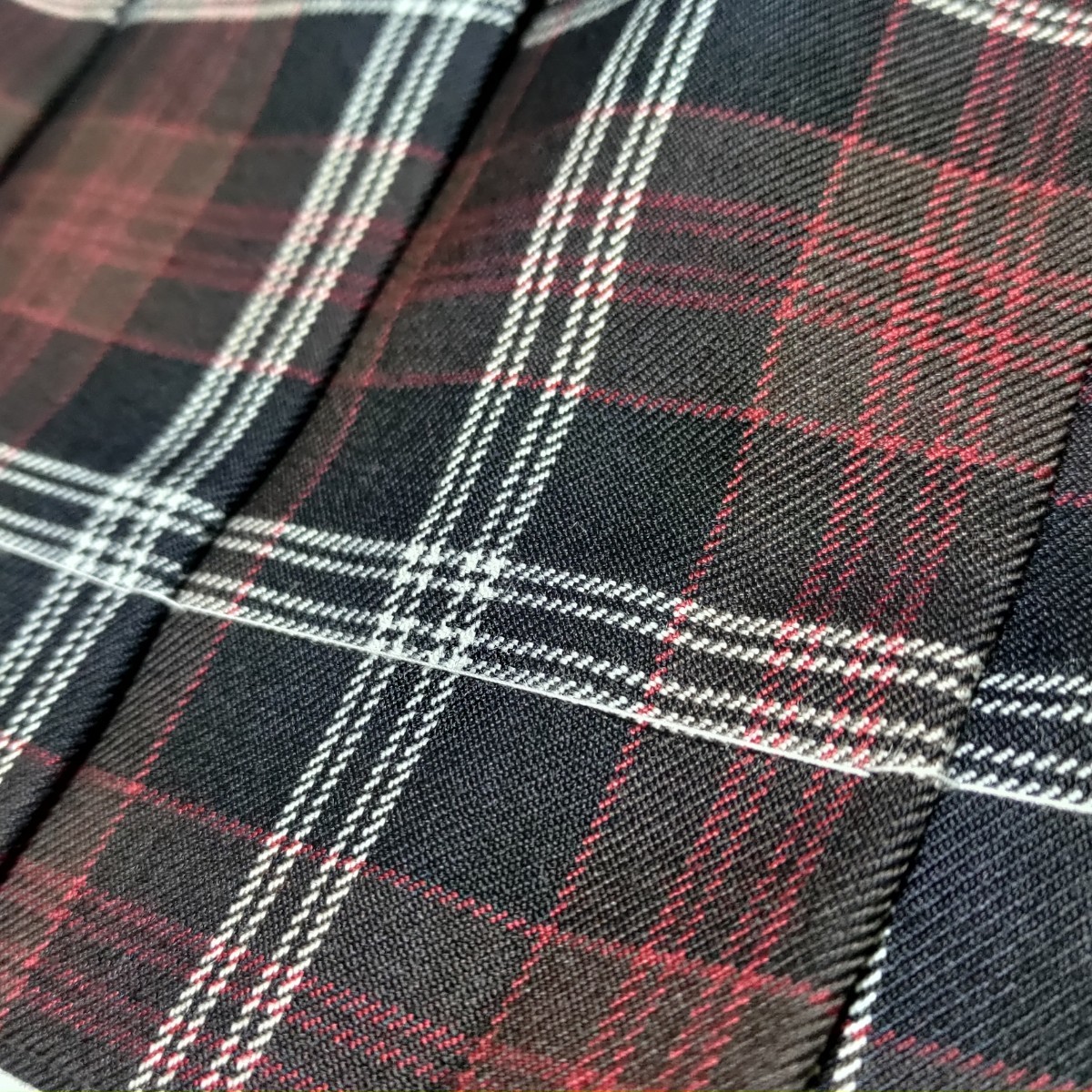
MOBAYELL 公道走行可 電動スクーター 原動機付自転車 電動アシスト
 タイムセール
タイムセール
999円以上お買上げで代引き手数料無料
商品詳細情報
| 管理番号 | 新品 :12391772 | 発売日 | 2025/01/23 | 定価 | 130,000円 | 型番 | 12391772 | ||
|---|---|---|---|---|---|---|---|---|---|
| カテゴリ | |||||||||
MOBAYELL 公道走行可 電動スクーター 原動機付自転車 電動アシスト
未使用の電動原動機付き自転車、電動スクーターです。(2021年10月24日現在 定価 167,200円)送付品自転車本体バッテリー充電器ナンバー取得に必要な書類(販売証明書)おまけ:自転車ロック鍵 ダイヤル式ワイヤーロック(未使用 定価1,980円)バイク用 ナンバープレートフレームシリコンカバー(黒) (未使用 定価1,300円)色ですが、写真では多少緑っぽく写っていますが、どちらかというとグレー×黒です。電動アシスト自転車、自転車、電動スクーターとして使用可能です。公道走行可能ですが、ナンバー取得、自賠責保険加入が必要です。なお発送まで1週間ほど頂きます。佐川急便で発送予定です。以下、購入サイトより商品詳細抜粋です。-------------------------------------------------------------------------------------------【商品説明】世界各国で多く利用されている電動バイク。日本でも気軽に利用したい。その希望から誕生したのが株式会社モバエールの電動バイク「MOBAYELL」です!「MOBAYELL」はアルミ合金で狭量ながらも強固なフレームに仕上げました!道路のコンディションが不安な場合はペダル走行にするなど、走行モードはスムーズな切り替えが可能です「MOBAYELL」のフル充電時に航続走行可能な距離約40km※工場推定値また、家庭用コンセント(100V)からの給電が可能になっており、1回あたり約4-6時間程度で充電完了。しかも電気代は16円だけ!1kmの走行0.4円、100km走行でも40円、ガソリン車とは比べ物になりません。販売会社株式会社モバエール〒537-0001 大阪市東成区深江北3丁目10番25号TEL. 06-6977-1111 FAX. 06-6976-4072親会社前田印刷紙工株式会社〒537-0001 大阪市東成区深江北3丁目10番25号TEL. 06-6971-8575(代) FAX. 06-6976-4072★尚、トラブルを避ける為、購入後の返品、返金は受け付けかねます。宜しくお願い致します。































